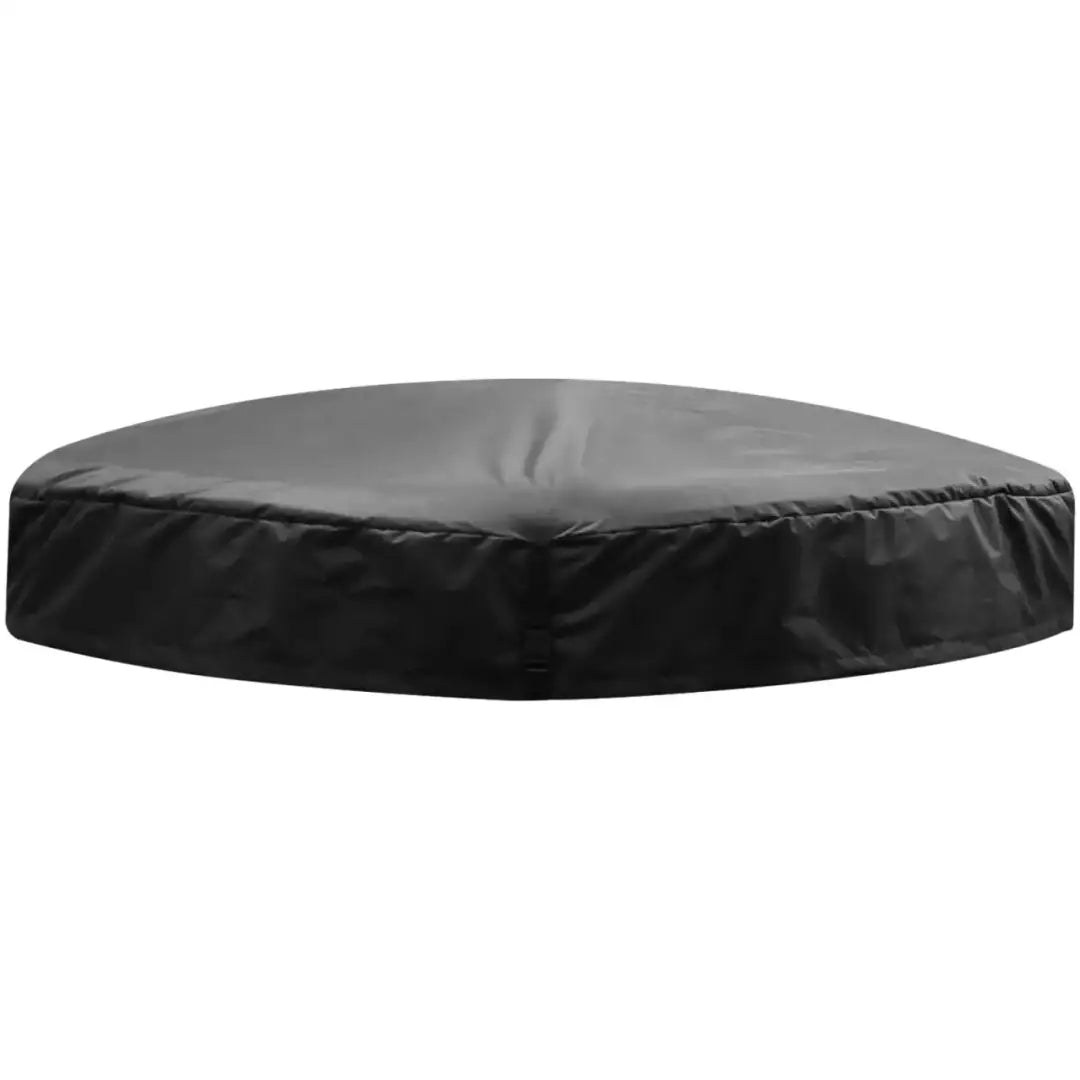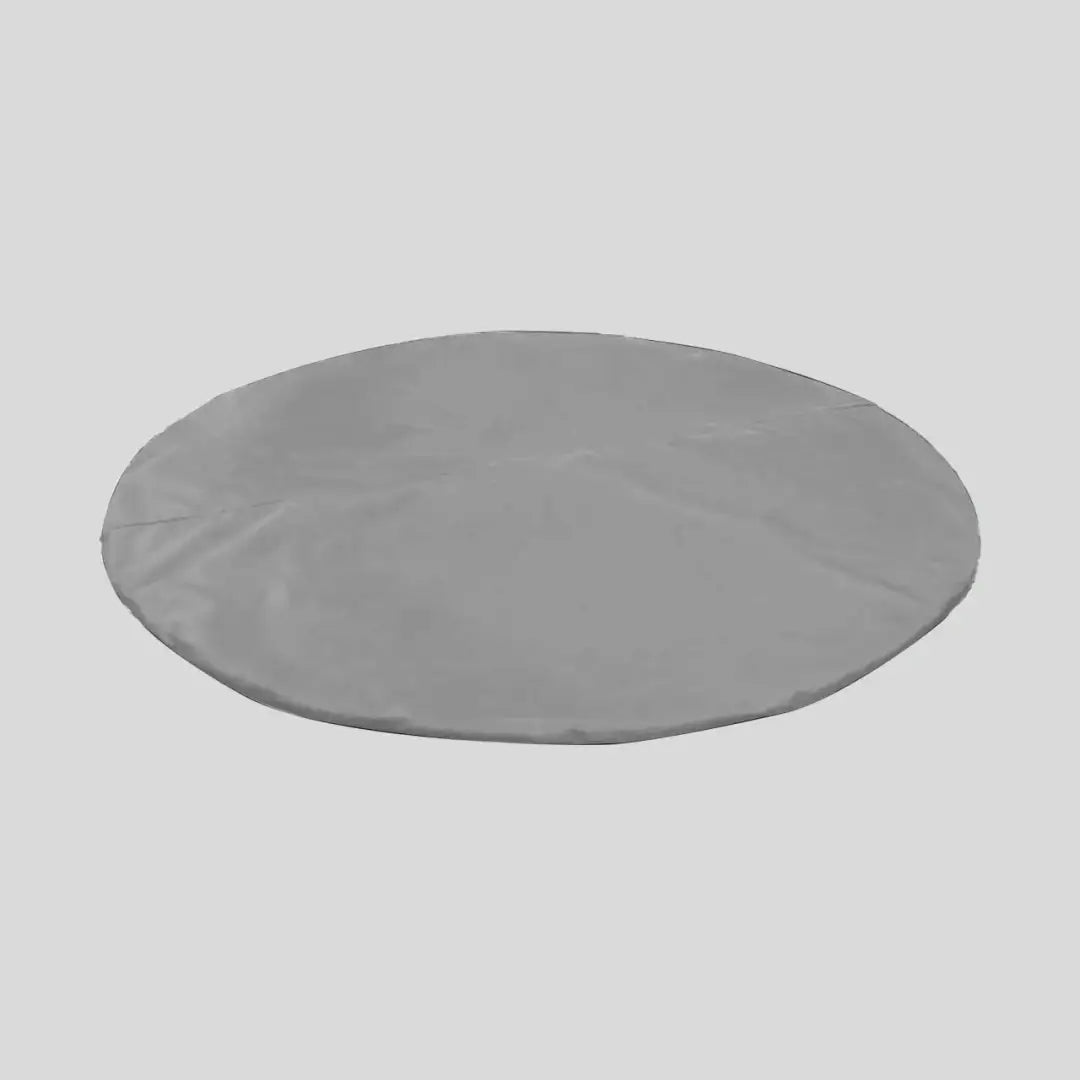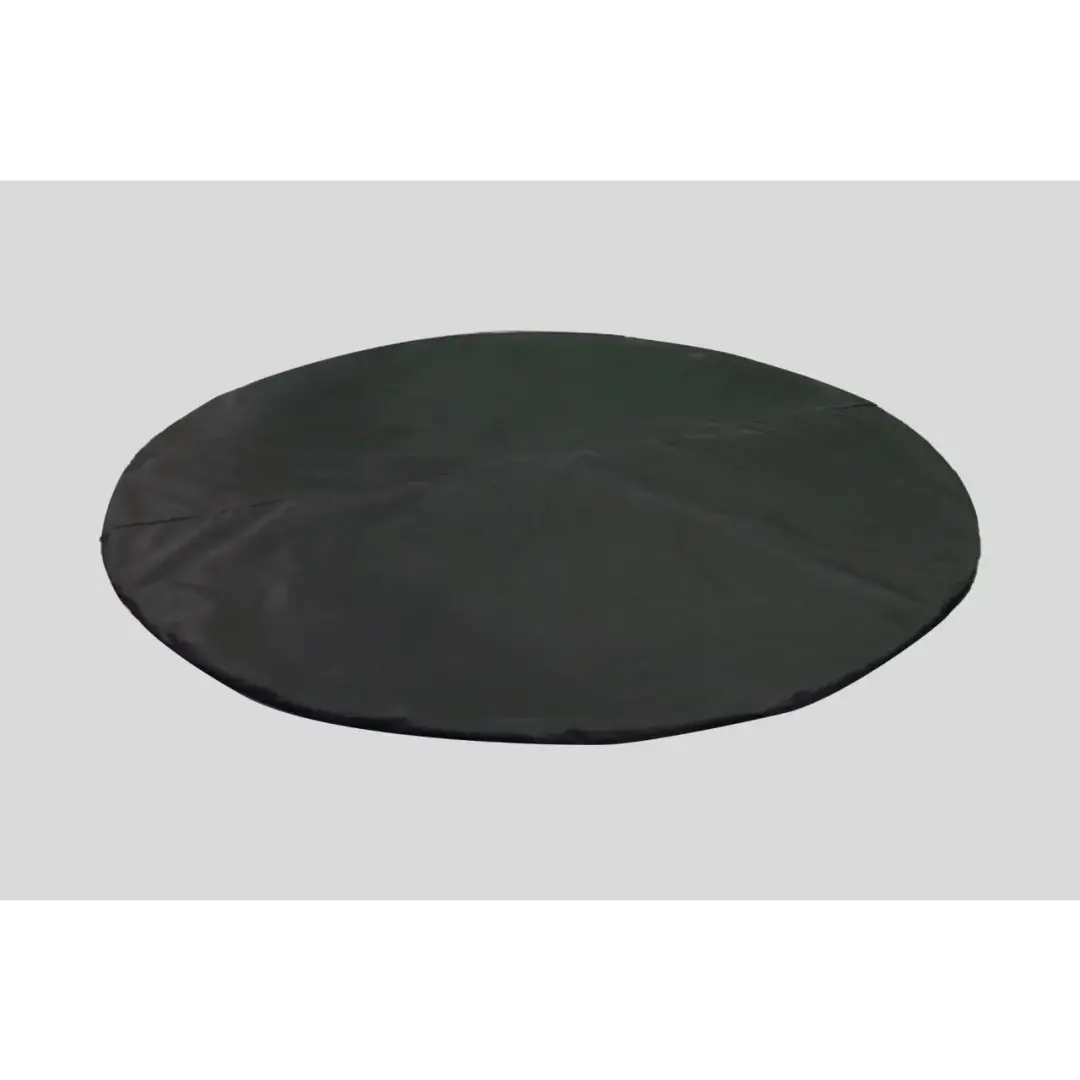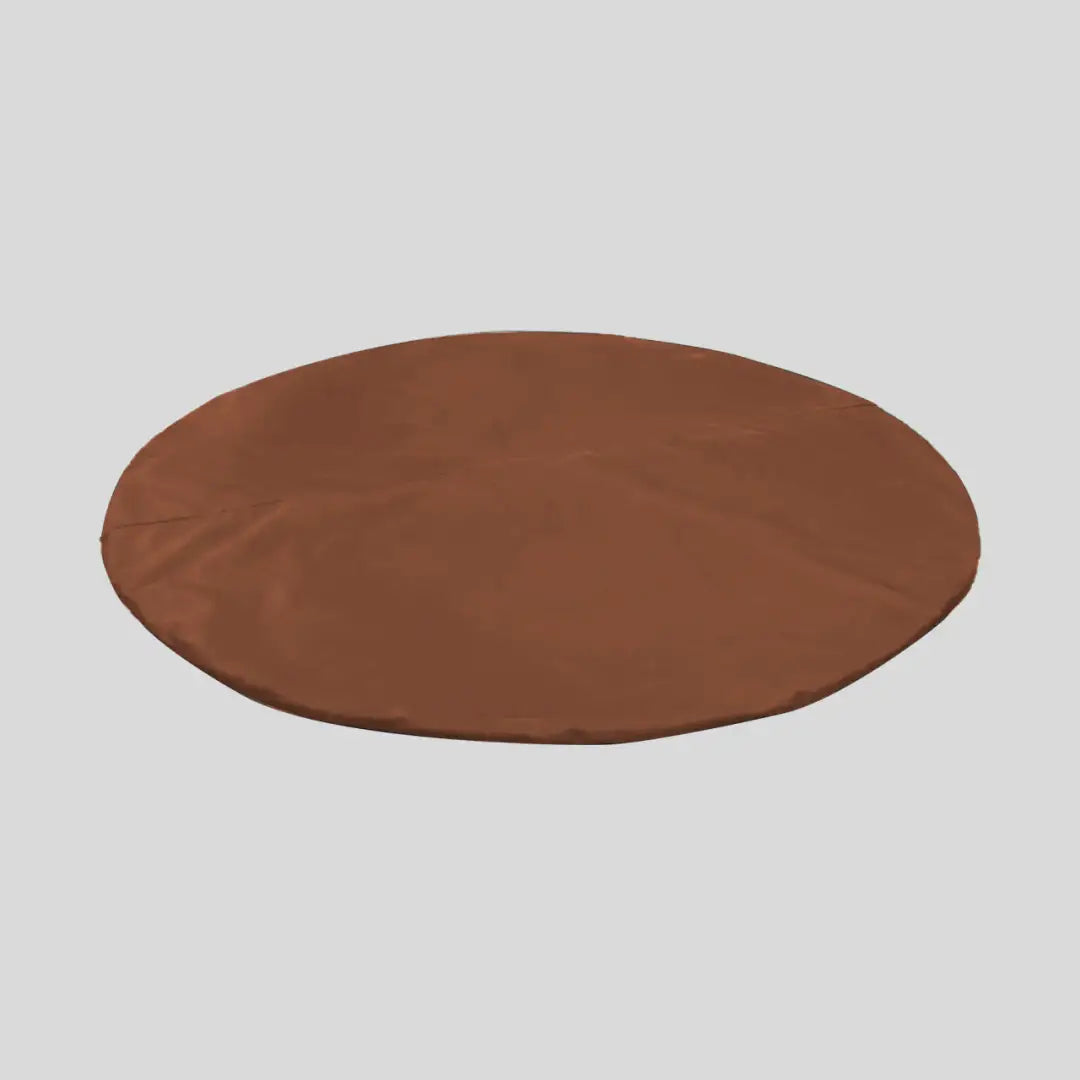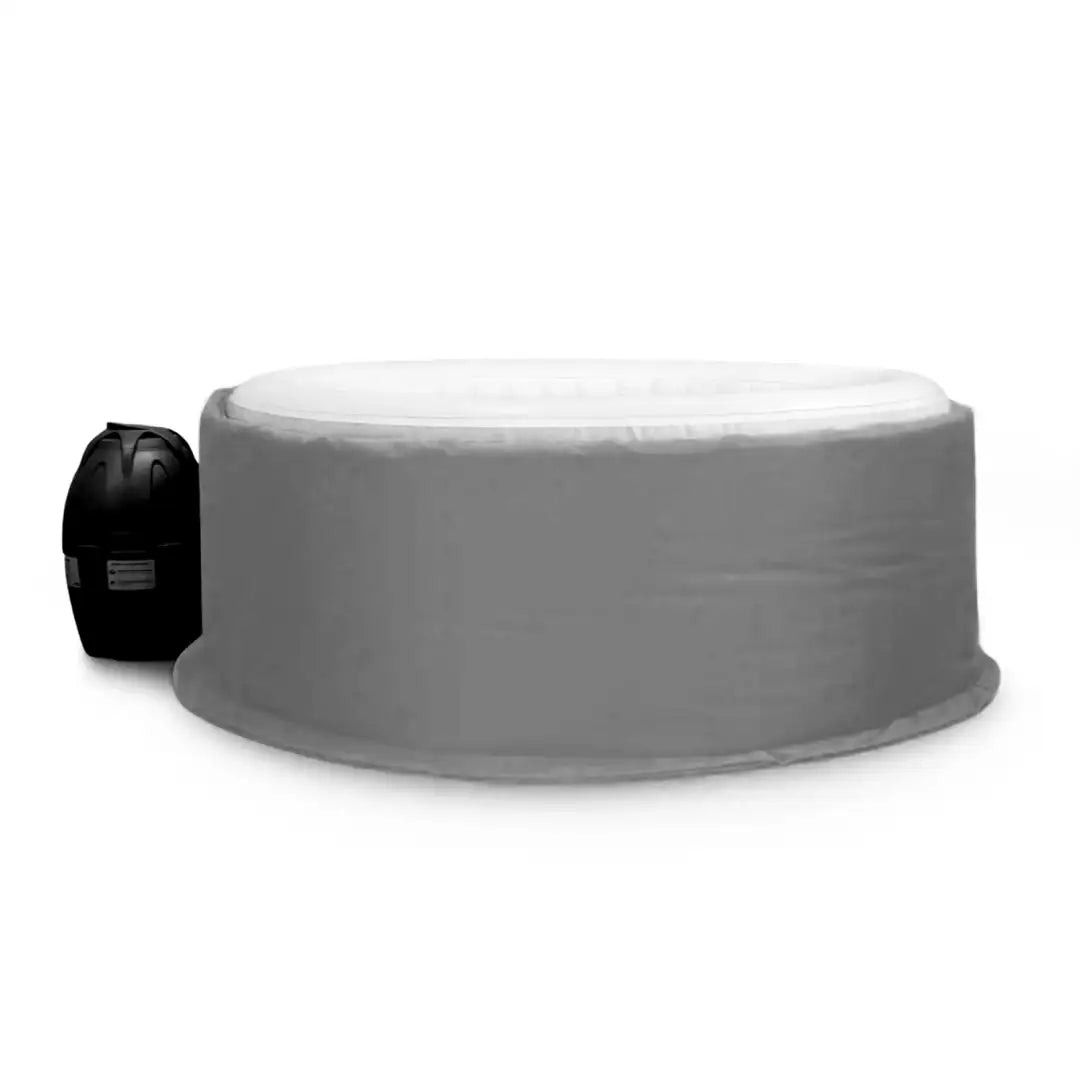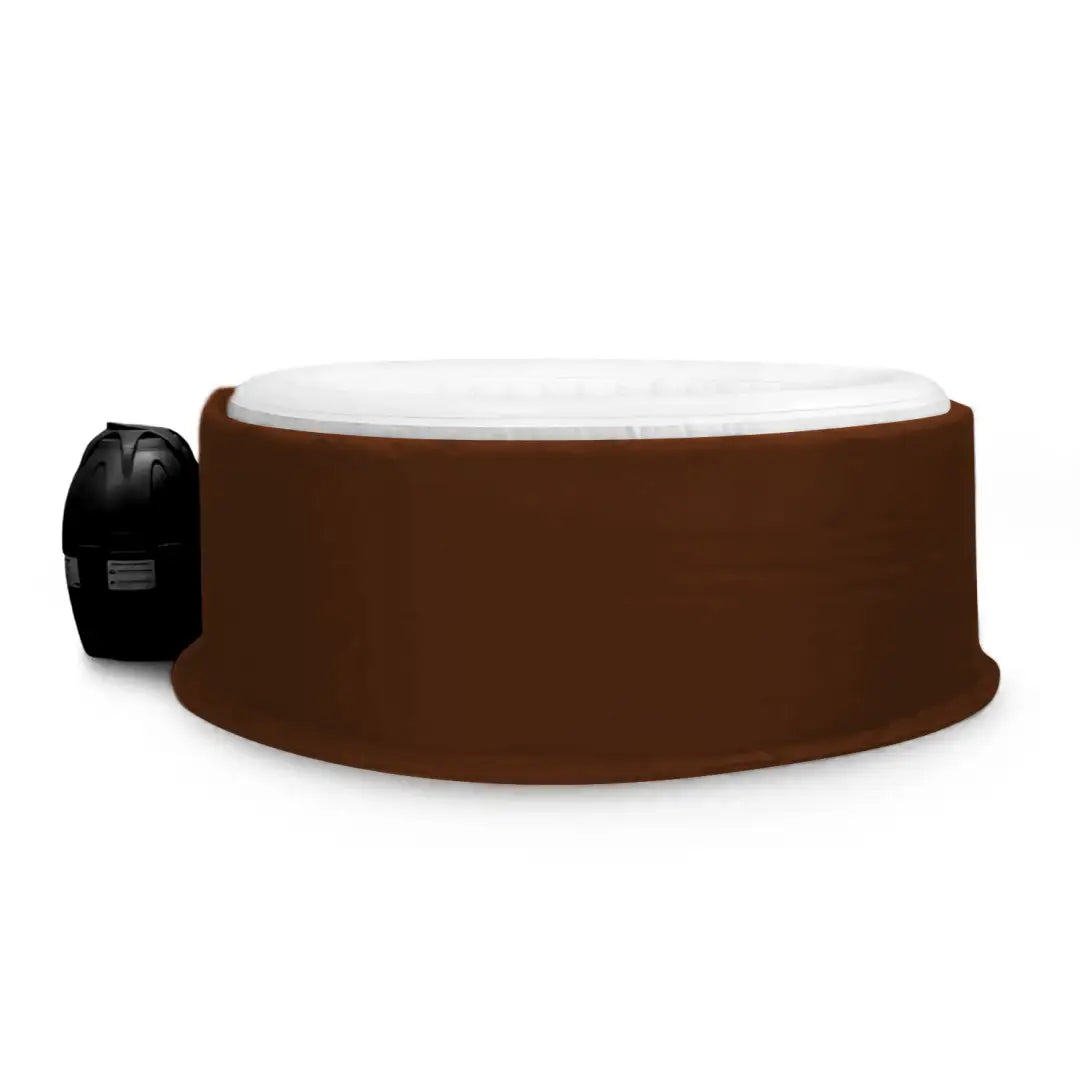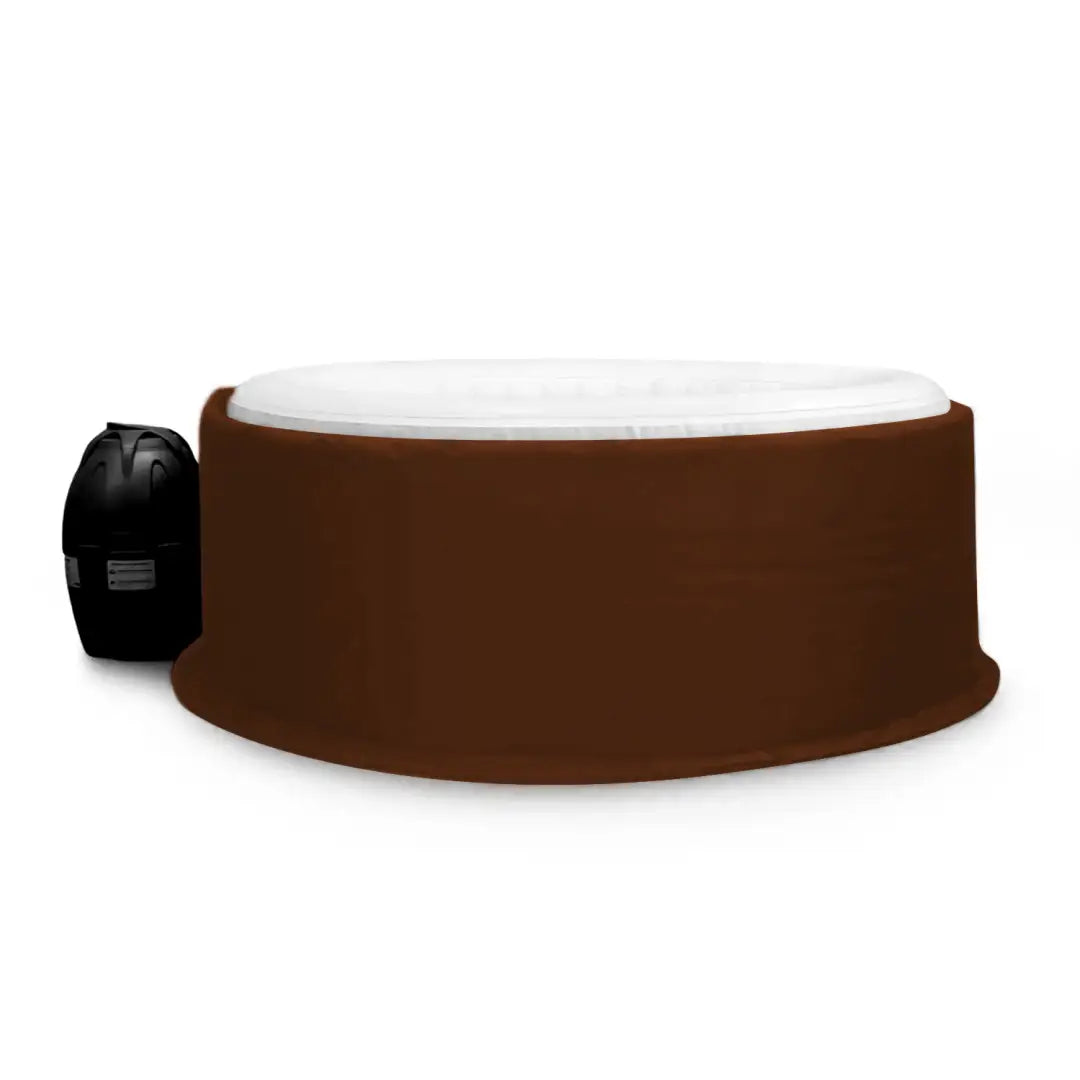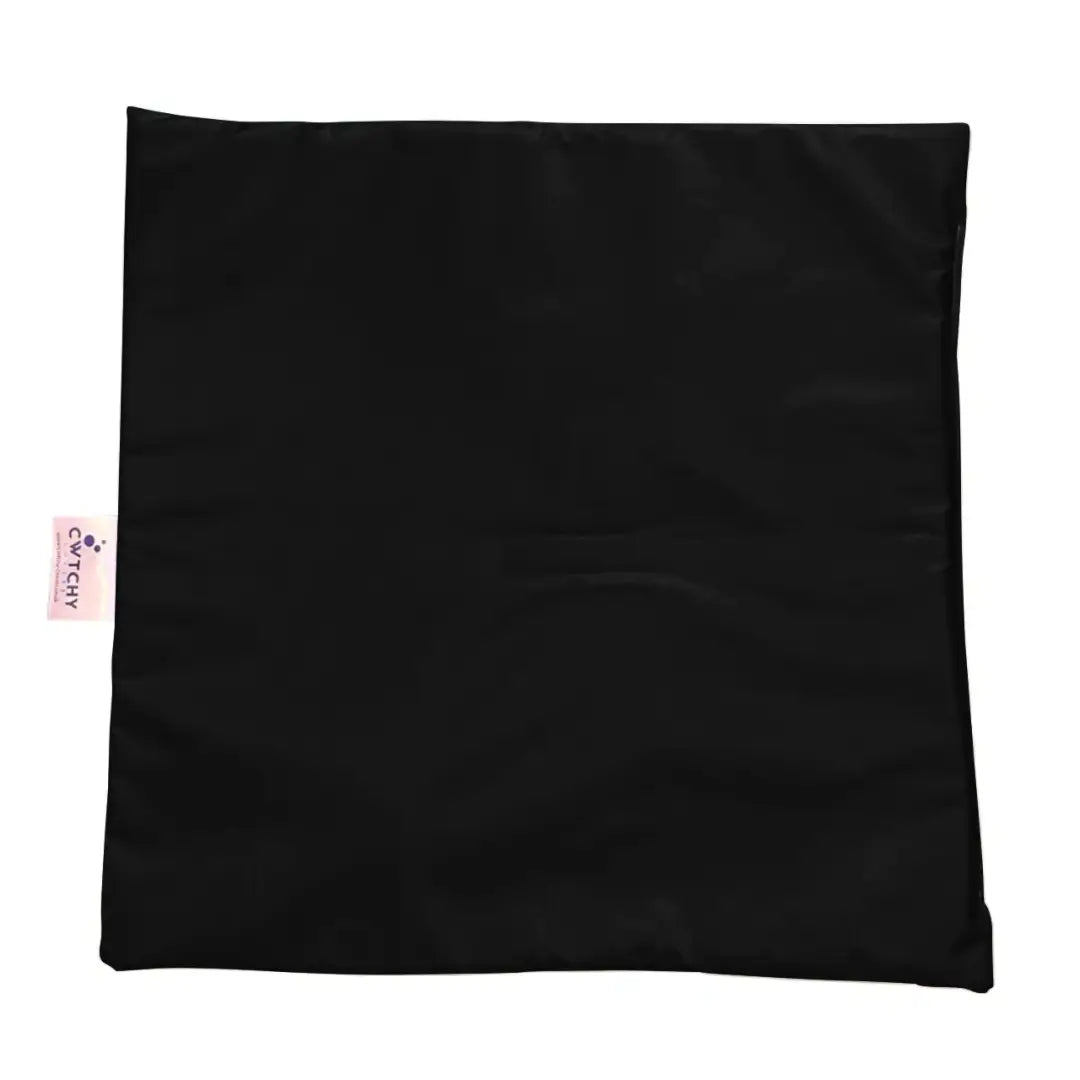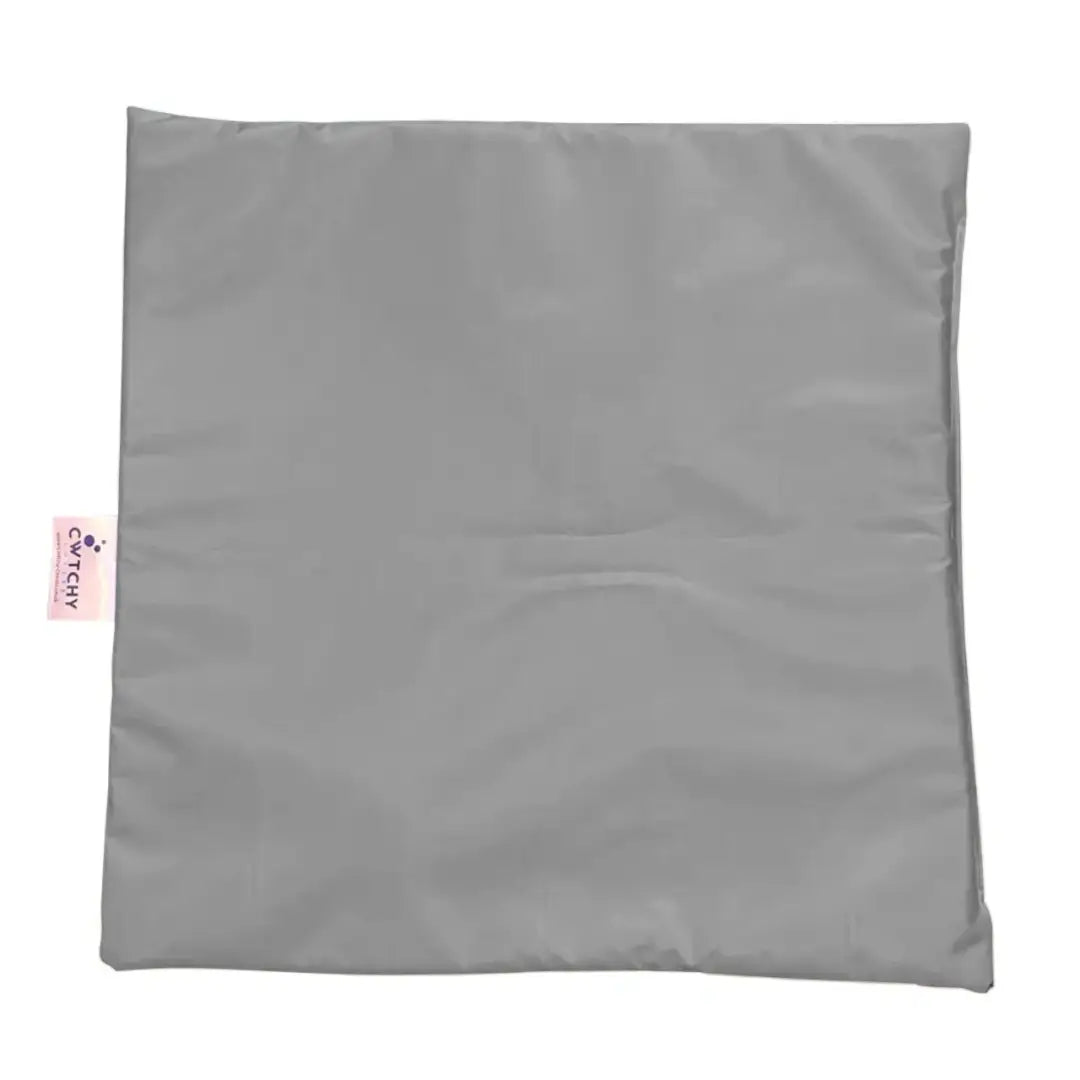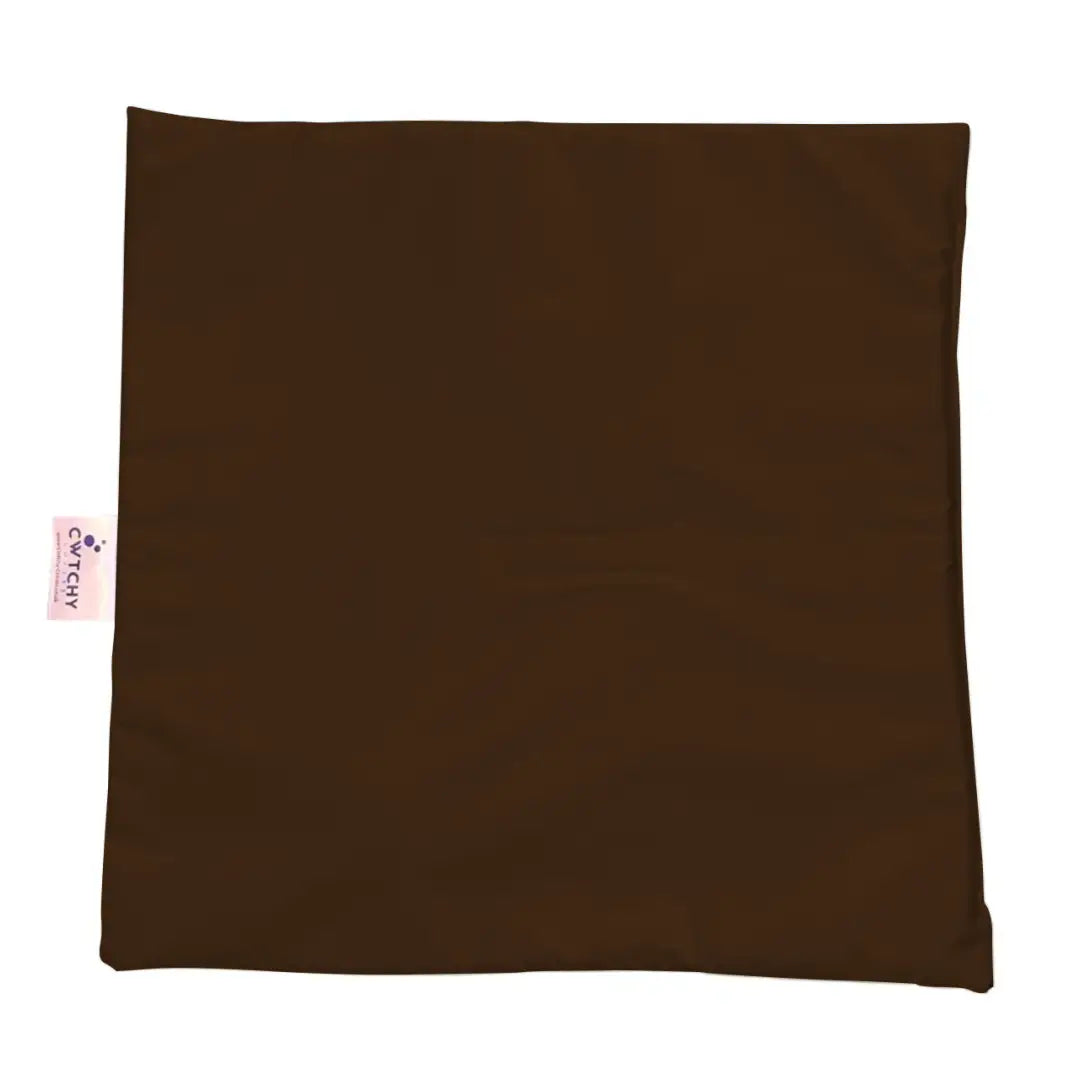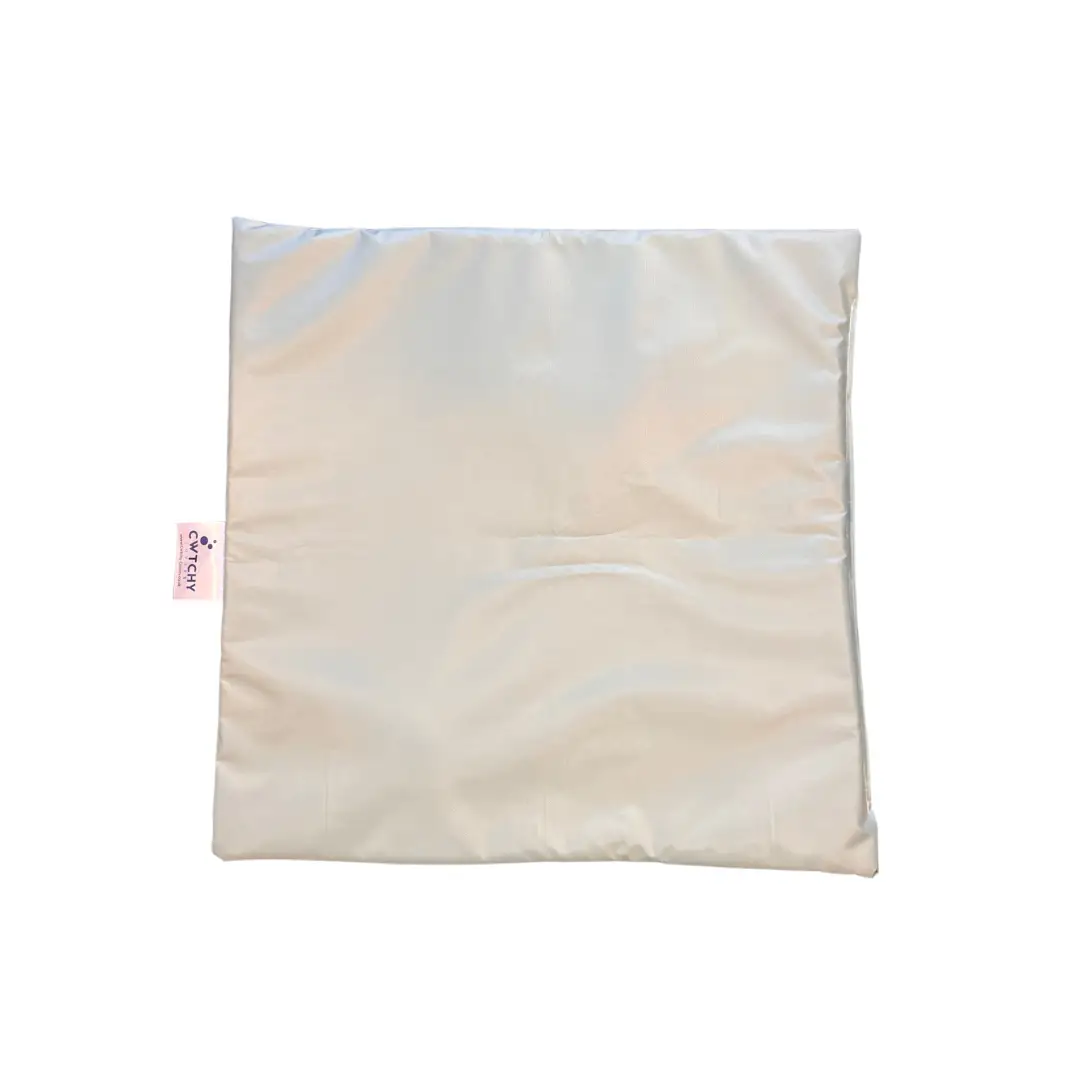"An ounce of prevention is worth a pound of cure," said Benjamin Franklin wisely. This idea is very important when we think about hot tubs and prenatal health. While many love the warm comfort of a hot tub, expectant mothers need to be cautious. Our guide will help balance relaxation and responsibility, making sure health is always first.
Being pregnant means reconsidering daily activities, like using hot tubs. Hot tubs can ease body pains or offer a break from busyness. Yet, it's vital to approach them carefully and wisely during pregnancy.
Key Takeaways
- Understanding the link between hot tubs and prenatal health is key for safety during pregnancy.
- Expectant mothers must know the safe temperature and how long to stay in.
- Knowing how to stay safe and keep warm is important for mother and baby in hot tubs.
- It's crucial for pregnant women to know the signs of getting too hot and what to do.
- Drinking plenty of water and limiting time in high heat makes hot tub use safer.
Understanding Prenatal Health in the Context of Hot Tubs
Pregnancy is a time when extra care is a must. Prenatal health requires close attention. It's important for expectant mothers to manage their body heat well. This is crucial for the health of both the mother and the baby. Adding hot tubs to this scenario needs a careful understanding of their impact on a pregnant woman's body.
During pregnancy, women's body temperature changes due to higher progesterone levels. This makes them more sensitive to outside temperatures. Knowing how to safely use hot tubs becomes crucial. It's all about balancing relaxation needs with safety to avoid health risks.
Pregnant women should know about the dangers of hot tubs, especially in the early months. This is when the baby is most vulnerable. Always talk to a doctor before using a hot tub during pregnancy.
| Aspect of Prenatal Health | Consideration for Hot Tub Use |
|---|---|
| Thermoregulation | Temperature should be monitored and controlled to avoid hyperthermia. |
| Hormonal Fluctuations | Be cautious of how hormonal changes can alter body temperature responses. |
| Fetal Development | Avoid high temperatures that could impact fetal growth, particularly in the first trimester. |
Taking a proactive stance on prenatal health with hot tubs is about being informed, not scared. Understanding the risks and benefits helps pregnant women make safe choices. This protects their health and their baby's.
The Science Behind Overheating: Risks for Expectant Mothers
Understanding the science behind overheating is critical for expectant mothers. A high core body temperature can harm both the mother and the baby. It can disturb the blood flow to the placenta, causing dehydration or fainting in severe cases. Knowing about this is key to avoiding health issues.
We'll look into how the body responds to heat and how to stay cool. The dangers of overheating affect both mother and baby's health in the short and long term. These risks need careful attention and action.
Pregnancy makes the body's temperature control harder. Hormonal changes, more blood flow, and the baby's growth make mothers more sensitive to heat. So, scientific advice suggests avoiding hot tubs and saunas, as they might raise body temperature too much.
Overheating can lead to mild or severe problems, including the risk of birth defects in the baby's brain and spine. Thus, it's vital for expectant mothers to know how to reduce risks of getting too hot.
| Potential Risk | Consequences | Preventative Measures |
|---|---|---|
| Increased Core Body Temperature | Heat stress, dehydration, and potential impact on fetal development | Limit time in hot tubs and saunas, stay hydrated |
| Dehydration | Reduced amniotic fluid, dizziness, fainting | Regular intake of water, monitoring physical exertion |
| Hyperthermia | Possible increased risk of neural tube defects | Avoid extreme temperatures, particularly during the first trimester |
Science advises expectant mothers to watch how much heat they're exposed to. Balancing heat exposure is critical. Although some heat can be good, too much or too intense can be dangerous. By making informed decisions, pregnant women can protect their health and their baby's.
First Trimester Considerations: Core Temperature and Developmental Risks
In the first trimester, mums-to-be face many important choices to keep their babies safe. Keeping the core temperature in check is key, as high temperatures can harm the growing baby.
Research shows a link between high maternal body heat and risks to the baby's development. To lower these risks in the first trimester, it's essential to avoid too much heat. This means staying away from hot tubs and saunas.
- Moderation of physical exertion to evade excessive heat production internally.
- Avoidance of extended exposure to hot climates without sufficient cooling.
- Regulation of bath and shower temperatures to assure a gentle and suitable warmth.
These steps are crucial, not just as advice but as key protective actions. At this stage, the baby's development is very sensitive. So, it's important to know and follow these considerations to avoid the dangers high core temperature can cause.
It is in the delicate balance of body heat that the future health and development of the unborn child are delicately hinged, especially during the formative stages of the first trimester.
Examining the Typical Hot Tub Temperature and Pregnant Women's Health
https://www.youtube.com/watch?v=1rhccd-2pbo
It's important for pregnant women's health to know about hot tub temperatures. High heat can be a risk during pregnancy. Looking closely at how hot tub temperature affects health is key. A detailed examination is vital.
Many women in the U.S. shower daily, but baths can mean longer in hot water. If showers last over 15 minutes, the risk of certain birth defects goes up. This includes an increased chance of gastroschisis. Birth defects like spina bifida and cleft lip also become more common.
Data from the National Birth Defects Prevention Study showed links between shower length and birth defects. The study considered factors like maternal age and lifestyle too.
| Exposure | Risk of Birth Defects |
|---|---|
| Shower >= 15 minutes | Increased risk of gastroschisis |
| Shower | Baseline risk |
| Average shower temperature (°F) | 101-106 |
| Typical bath temperature (°F) | 93-113 |
Hot tubs often range from 93–113 degrees F. At these temperatures, water disinfection byproducts (WDBPs) can increase. Studies found even a 10-minute shower or bath raises WDBP levels in blood. This is worth noting for pregnant women using hot tubs.
To avoid risk, pregnant women should use warmer, not hot, hydrotherapy pools. Knowing the safe heat level for water is crucial. Guidelines need careful review to protect mother and baby.
Doctors need to help pregnant women find a safe balance for hot tub use. This ensures safety for both mum and baby. Knowing the risks of hot tub use is essential for pregnant women.
Hot Tub Insulation and Safety Measures During Pregnancy
For expectant mothers, the call of a hot tub is inviting, yet caution is key. Hot tub insulation keeps the temperature safe and steady, very important during pregnancy. Knowing that safety measures are a must helps protect both mother and baby.
Good insulation means a hot tub keeps heat better and cuts the risk of sudden temperature changes. This also uses less energy, which is better for the planet and saves money. For pregnant women, this is vital since it helps avoid getting too hot, which is risky.
"As an expectant mother, being vigilant about the safety measures surrounding hot tub use is paramount. A well-insulated hot tub can help you manage and safely regulate water temperature during pregnancy."
Here are some key tips for hot tub insulation and safety during pregnancy:
- Look for hot tub covers that are well-insulated.
- Check the water is not hotter than 37.5°C (99.5°F) before you get in.
- Keep your soaking time short to lessen heat-related risks.
- Drink plenty of water before, during, and after being in the hot tub.
Here's a table with the best settings for hot tubs during pregnancy:
| Hot Tub Feature | Recommended Safety Measure | Benefit |
|---|---|---|
| Temperature | Not exceeding 37.5°C (99.5°F) | Keeps body temperature safe |
| Session Duration | Limited to 10 minutes | Helps avoid getting too hot |
| Insulation Cover Quality | High-quality, fits well | Makes it safer and saves energy |
| Hydration | Drinking enough water | Prevents dehydration |
Following these tips ensures a safer way to use hot tubs when pregnant. It protects you while making your relaxation time more enjoyable. With great insulation and the right safety steps, expectant mums can relax safely and comfortably.
Strategies for Responsible Hot Tub Use When Expecting
For expecting mothers, using hot tubs responsibly is key to their health and their baby's health. There are easy and effective ways to make soaking safe and fun. Be mindful and use practical steps when using a hot tub.
Consider how long and when you use the hot tub. Experts say to keep hot tub sessions under 10 minutes. This lowers the chance of getting too hot. Also, make sure the water is not over 35°C for extra safety.
Think about the jet intensity in the hot tub. Jets should be soft to avoid pressure on your tummy. Pick spots in the tub where the water is calmer, or turn the jets down.
Talk to a doctor before using a hot tub during pregnancy. They can give advice that suits your health needs.
Here is a detailed table with key tips for expecting mothers using hot tubs:
| Strategy | Description | Benefit |
|---|---|---|
| Limited Soak Time | Not exceeding 10-minute sessions in the hot tub | Minimises the risk of overheating |
| Temperature Check | Ensuring the water temperature does not exceed 35°C | Prevents exposure to excessive heat |
| Gentle Jet Settings | Adjusting the jets to a gentle flow | Avoids pressure on sensitive areas |
| Healthcare Consultation | Discussing hot tub use with a healthcare provider | Offers personalised advice for safety |
Remember, the right strategies for responsible hot tub use when expecting are based on current health advice and what feels good for you. You can still enjoy a relaxing soak safely during pregnancy.

Recognising Signs of Overheating and How to Respond
Keeping a comfortable body temperature is vital during pregnancy. For those expecting and enjoying hot tubs, knowing the signs of overheating is key. Spotting these early helps keep both mother and baby safe.
Overheating shouldn't be ignored. Look out for signs like too much sweating, feeling dizzy, and light-headedness. These suggest the body can't keep its cool. Notice any of them? Act fast by leaving the hot tub, drinking water, and cooling down.
- Excessive Sweating: A lot of sweating means your body is overheating.
- Dizziness or Light-headedness: If you feel dizzy, especially with a fast heart rate, take care.
- Nausea: Feeling sick in hot water means your body temperature might be too high.
If you feel the symptoms of overheating, it's crucial to act quickly. Move smoothly to the hot tub’s edge and exit calmly to prevent fainting.
| Signs of Overheating | Immediate Responses |
|---|---|
| Excessive Sweating | Leave the hot tub, sit in a shaded area |
| Dizziness or Vertigo | Hydrate with cool water, rest in a supine position |
| Nausea | Seek fresh air, consume a small amount of food |
| Headache | Apply a cool cloth to the forehead, neck, and wrists |
Knowing the signs of trouble and the right responses ensures safety in hot tubs during pregnancy. Being careful allows both mum and baby to stay healthy.
Exploring the Risks of Bacteria in Inflatable Hot Tubs
If you're a mum-to-be looking at inflatable hot tubs for relaxation, it's vital to know the bacteria risks. Keeping a clean hot tub is essential during pregnancy. You must navigate the challenges of keeping it germ-free.

Cleanliness in these tubs affects more than just the water's look. It impacts health, especially for pregnant women. They are more at risk from infections. This means it's super important to clean and disinfect the water regularly.
It's key to regularly test the water to prevent bacteria growth. Using the right disinfectants can help control bacteria risks. Regular checks on the water's chemistry help keep the water safe. They also protect the inflatable hot tub itself.
- Weekly pH and chlorine level checks
- Monthly full-spectrum water quality testing
- Daily visual inspections for cleanliness
Looking after your inflatable hot tub well can make it a safe place for relaxation. Exploring other cleaning methods, like saltwater systems or UV sanitation, can offer more peace of mind. This ensures the environment is safe for expectant mothers.
Safer Alternatives to Hot Tubs for Maternal Relaxation
Expectant mothers can find safer alternatives for relaxation beyond traditional hot tubs. It's crucial to find ways for maternal relaxation that avoid the risks of overheating. These risks include waterborne infections found in hot tubs.
A warm bath is a great alternative. It keeps you relaxed and is safe when the water temperature is below 37.5°C (99.5°F). Adding soothing music or dim lights can make it even more relaxing. Unlike hot tubs, a warm bath allows you to control the temperature easily, keeping mother and baby safe.
- Foot Soaks: Foot soaks in warm water target relaxation and are easy to do. They help with swollen ankles, a common issue during pregnancy.
- Guided Meditation: Guided meditation pairs physical relaxation with mental calming, boosting relaxation further.
- Prenatal Yoga: Gentle prenatal yoga aids relaxation, boosting both physical and emotional health.
It's important to talk to a healthcare provider before trying new relaxation methods during pregnancy. Getting advice from professionals ensures that any relaxation technique is safe and enjoyable. This care helps maintain good prenatal health without needing hot tubs.
In conclusion, many safe ways exist for expectant mothers to relax. From warm soaks to calming yoga, these methods ensure maternal relaxation in a secure manner.
Weighing the Benefits Against Potential Risks
Finding balance is key when looking at hot tubs for prenatal health. The warm, soothing waters offer benefits like stress relief and muscle relaxation. Yet, we must compare these with the potential risks. This ensures safety for both mother and baby.
Before using a hot tub while pregnant, consider several factors. It's crucial to get advice from healthcare experts. They give advice that fits your personal health needs.
- Hydration: Hot tubs may lead to dehydration; it's important for expectant mothers to drink enough water.
- Temperature regulation: To avoid overheating, it's wise to steer clear of hot tubs hotter than 37.5°C.
- Exposure time: To lessen the risk of getting too hot, keep hot tub sessions below 10 minutes.
- Hygiene: Keeping the hot tub clean reduces the risk of catching infections.
To balance benefits and potential risks, moderation and following health advice is key. Safety comes first, especially for prenatal health. Always talk with a healthcare provider. They can tell you if using hot tubs is safe during your pregnancy.
Conclusion
Hot tubs are great for relaxing. But when you're pregnant, you need to be careful. It's key to put your baby's health first. You must know the risks of hot temperatures and long soaks.
Safe hot tub use means sticking to cool temperatures. It's also about spotting signs of getting too hot. Keeping clean helps avoid infections. This lets you enjoy hot tubs but still stay safe.
It's vital to talk to doctors about using hot tubs when pregnant. They help make sure you and your baby stay healthy. In the end, you can find a way to enjoy hot tubs safely while pregnant.
FAQ
Can I use a hot tub while pregnant?
Doctors usually advise against using hot tubs when pregnant. This is because of the dangers of getting too hot and dehydrated. Keeping yourself and your baby safe is key.
What are the potential risks of using a hot tub while pregnant?
Being in a hot tub can make your body too warm. This might be harmful to your baby's growth. It can also lead to losing too much water, feeling dizzy, and fainting.
Are there any specific considerations for using hot tubs during the first trimester?
Yes, the early months of pregnancy have more risks. Avoid hot tubs to help keep your baby developing well.
What is the recommended water temperature for a hot tub during pregnancy?
Keep the hot tub water under 100°F (37.8°C). This helps lower the risk of getting too hot. Always check the water's warmth before going in to make sure it's safe.
How important is hot tub insulation for pregnancy safety?
Good insulation is vital for keeping the water at a safe warmth for pregnant women. It stops the water from getting too hot. This keeps both mum and baby healthy and comfy.
What are some strategies for responsible hot tub use during pregnancy?
When using a hot tub while expecting, stay in for a shorter time. Avoid strong jet settings and ensure the water is not too hot. Talking to a doctor before going in is a wise idea.
What should I do if I start feeling too warm in a hot tub?
If you feel too hot, get out of the hot tub and cool off. Sitting in shade or having a cool bath can help. Drinking water and paying attention to what your body says is important too.
Are inflatable hot tubs safe during pregnancy?
Inflatable hot tubs might have more germs. It's crucial to clean and disinfect them well during pregnancy to keep them safe.
Are there any alternatives to hot tubs for relaxation during pregnancy?
Warm baths are a better option than hot tubs for relaxing. Make sure the water is not too warm. Trying foot soaks or gentle massages can also be relaxing.
How do the benefits of using a hot tub during pregnancy compare to the potential risks?
Hot tubs can be relaxing but come with risks like overheating and dehydration. Talk to your healthcare provider to choose safely, balancing relaxation with your and your baby's health.





